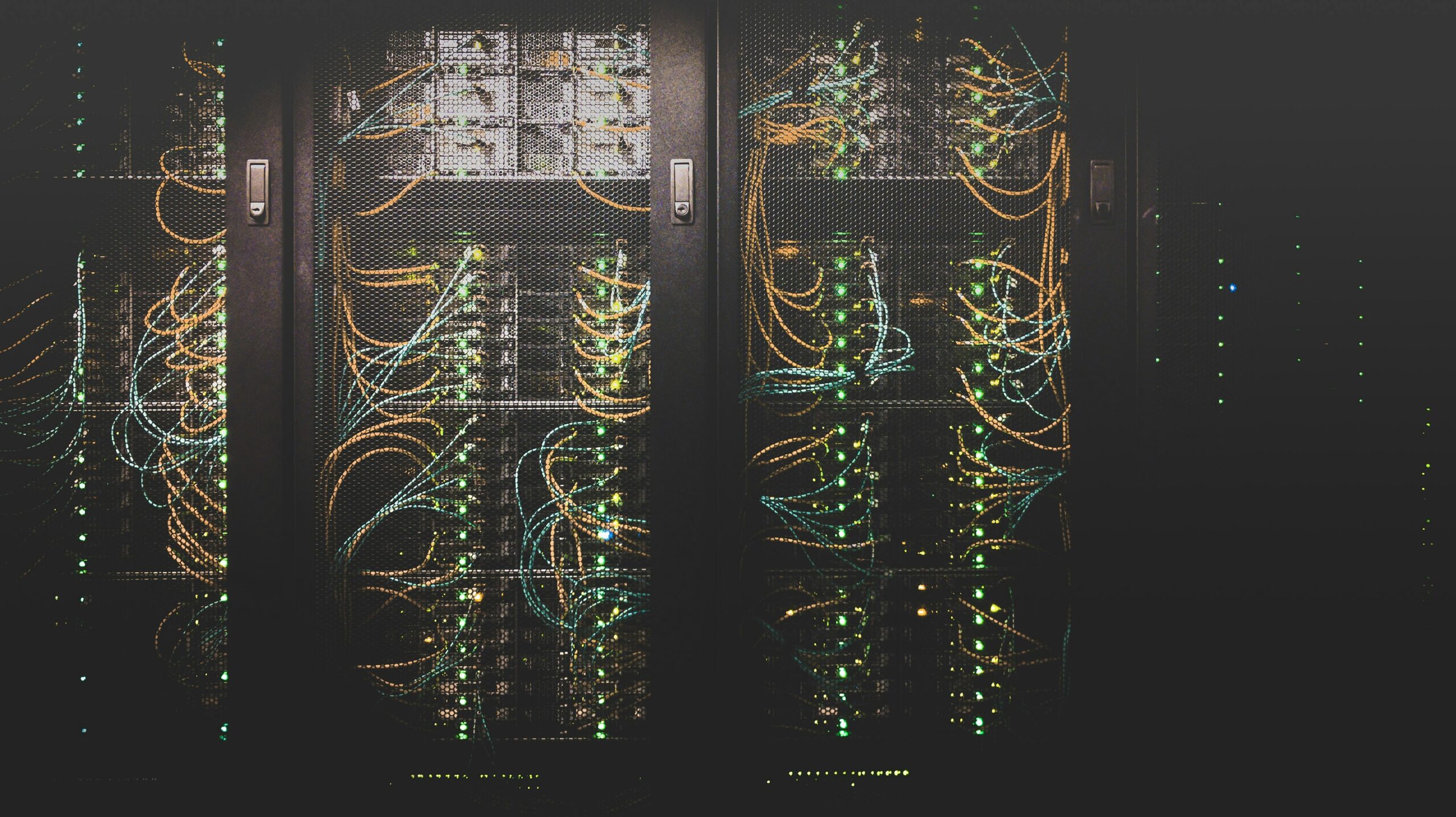
Understanding the Importance of Web Hosting Security
Implement a Strong Firewall and Regular Monitoring
Ensure Software and Scripts Are Up-to-Date
Secure Data with Encryption and Backups
Encryption is a powerful tool in safeguarding data transmitted between your server and end-users. Implementing HTTPS by using an SSL/TLS certificate ensures that all data exchanged is encrypted, significantly reducing the risk of interception by malicious actors. Additionally, regular backups are vital in ensuring that you can restore your site quickly and efficiently in case of data loss or a website compromise. These backups should be stored in a secure location and tested regularly to confirm that they can be reliably restored.

Implement Strong Access Controls and Authentication Methods
Enforce Role-Based Access Permissions
To bolster your website’s security, it is crucial to implement role-based access control (RBAC) systems. RBAC ensures that only authorized personnel have access to specific areas of your web hosting environment based on their roles within your organization. Begin by categorizing users into roles such as administrators, editors, and viewers, each with distinct permissions. This method minimizes the risk of unauthorized access and limits potential damage should user credentials be compromised.
Adopt Multi-Factor Authentication
Enhancing authentication mechanisms is key to defending against unauthorized access. Multi-factor authentication (MFA) adds an additional layer of security by requiring users to verify their identity with two or more validation methods before accessing sensitive areas of your site. This could include something they know (a password), something they have (a smartphone app generating one-time codes), or something they are (biometric verification). Implementing MFA can significantly decrease the likelihood of successful cyber attacks resulting from stolen or weak passwords.

Regularly Update and Patch Hosting Servers
Testing for Stability and Security
Ensuring that all hosting servers are up to date is a critical step in securing your web hosting environment. Regular updates and patches include crucial security enhancements that protect against vulnerabilities. Implement automated systems to track and install updates for your operating system, software, and any applications your website relies on. This mitigates the risk of attackers exploiting known vulnerabilities in outdated software.
Implementing Patch Management Policies
Create and enforce a strict patch management policy. This policy should dictate how often updates are checked, downloaded, and applied. Set a routine schedule, ideally configuring servers to apply updates automatically or alerting administrators to perform manual updates when necessary. Frequent checks ensure that no critical security patches go unnoticed, limiting the window of opportunity for cyber attacks.
Staying Current with Security Updates
Before full deployment, test updates in a controlled environment to check for stability and compatibility issues. This helps prevent the deployment of updates that might introduce new vulnerabilities or disrupt service. Utilize staging servers that mirror the live environment to test patches, assessing their impact on system performance and security posture. This preemptive testing safeguards against unintended downtime and potential security breaches stemming from new software installations.

Employ Comprehensive Monitoring and Threat Detection Systems
Implement Real-Time Security Monitoring
To ensure comprehensive protection of your web hosting environment, it is crucial to implement real-time monitoring systems. These systems continuously scan and analyze your network for any signs of unauthorized access or suspicious activities. By setting up alerts that notify you immediately of potential threats, you can act swiftly to mitigate risks. Consider tools that offer dashboard views and detailed reports, which provide insights into traffic patterns and help pinpoint security breaches. Additionally, integrating these tools with your existing infrastructure will aid in creating a cohesive security posture.
Incorporate Advanced Threat Detection Technologies
Advanced threat detection technologies are vital for identifying and responding to sophisticated cyber threats. Employ solutions that use machine learning and artificial intelligence to detect anomalies that deviate from normal behavior patterns. These technologies learn over time, improving their accuracy in recognizing potential threats. For heightened security, deploy intrusion detection systems (IDS) and intrusion prevention systems (IPS) across your network. These systems work by examining traffic flows and comparing them against databases of known attack signatures and strategies, thereby enabling proactive defense mechanisms.
Regularly Update and Review Security Measures
The digital landscape is constantly evolving, and so are the tactics employed by cybercriminals. To stay ahead, it is necessary to regularly update your monitoring and threat detection systems. Ensure that all software patches are applied without delay and that updates include the latest security enhancements. Periodically review your security policies and protocols to adjust for new vulnerabilities and external security developments. Regular audits and penetration testing can also reveal gaps in your security framework, allowing for timely improvements and refinements.

Create and Maintain Robust Data Backup Strategies
Developing a Multi-Layer Backup Approach
Implementing a multi-layered backup strategy is an essential safeguard against data loss caused by cyberattacks, system failures, or human error. Start by ensuring that you have local backups for quick restoration, along with off-site backups to protect against physical disasters. Utilize automated backup solutions that can routinely store data snapshots at regular intervals. This frequent capture ensures minimal data loss in the event of an incident. Additionally, employing reliable services that offer both encryption and secure storage options will boost the protection of your backups from unauthorized access.
Testing and Verification of Backups
Regularly testing backups is just as critical as making them. Schedule monthly or quarterly test restores to validate the integrity and usability of your data. This practice helps identify any potential issues that could prevent data restoration when it’s most needed. It also ensures that backup processes are correctly configured and that the data being backed up is complete and accurate. Use these tests as opportunities to refine your backup procedures and address gaps in your security posture.
Adopting Advanced Backup Technologies
Advancements in technology have introduced sophisticated tools to enhance backup security and efficiency. Consider incorporating cloud-based solutions that provide scalable, flexible storage options and benefit from built-in robust security measures. Technologies like deduplication can reduce storage needs by eliminating redundant information, while snapshot technologies offer the ability to revert to a particular point in time should you need to recover your system to a pre-threat state. Ensuring that your backup systems are up-to-date with the latest security patches and following best practices will significantly reduce vulnerabilities.

Educate Team Members on Security Best Practices
One of the most overlooked aspects of security is human error, which can often be the weakest link in the security chain. Education and training are paramount to ensuring that all team members understand the importance of security and are equipped to implement best practices consistently.
Regular Security Awareness Training
Implement regular security training sessions to keep all employees aware of the latest threats and the best practices for avoiding them. These sessions should cover topics such as phishing, social engineering, password management, and secure internet practices. Interactive training, such as simulations of phishing attacks, can be particularly effective in teaching team members to recognize and respond to security threats.
Creating a Security-Focused Culture
Foster a culture where security is a shared responsibility. Encourage employees to report suspicious activities and provide them with clear protocols for reporting security incidents. A proactive approach to security can significantly reduce the risk of breaches, as well as improve response times when incidents do occur.

Manage Third-Party Risks
In today’s interconnected digital landscape, third-party services are integral to web hosting but also introduce additional security vulnerabilities. Managing these risks is crucial for maintaining the integrity of your hosting environment.
Conduct Regular Security Audits of Third-Party Providers
Perform thorough security audits on any third-party services you use. This includes evaluating their security policies, compliance with industry standards, and their track record in managing data breaches. These audits can help identify potential security weaknesses before they can be exploited.
Implement Strong Contractual Safeguards
When working with third-party providers, ensure that your contracts include strict security clauses. These clauses should mandate compliance with specific security standards and include provisions for regular security assessments. Also, define clear penalties for security breaches, which can motivate third-party providers to maintain high security standards.
Continual Learning and Adaptation
The threat landscape in cyber security is constantly evolving, requiring an agile approach to security. Web hosting environments must not only implement current best practices but also continuously adapt to new threats.
Stay Informed About Emerging Threats
Keeping abreast of emerging security threats and vulnerabilities allows your organization to adapt its security practices proactively. Utilize resources like security blogs, newsletters, and industry reports to stay updated. Engaging with security communities can also provide insights into new methods of attack and defense.
Leverage Advanced Security Technologies
Invest in advanced security technologies that utilize artificial intelligence and machine learning. These technologies can dynamically adapt to new threats and detect patterns that might be missed by traditional security measures. For example, adaptive security applications can analyze deviations from normal transaction patterns to block potentially fraudulent activities.
By incorporating these additional measures into your web hosting security strategy, you can significantly enhance your overall security posture. Educating your team and managing third-party risks are just as important as the technical safeguards you put in place. Together, these strategies form a comprehensive approach to securing your web hosting environment against a wide range of cyber threats.
Have Questions About Website Hosting?
Don’t get confused about what website hosting provider you should choose for your WordPress website. Let us help guide you to the best possible hosting solution for your website.

